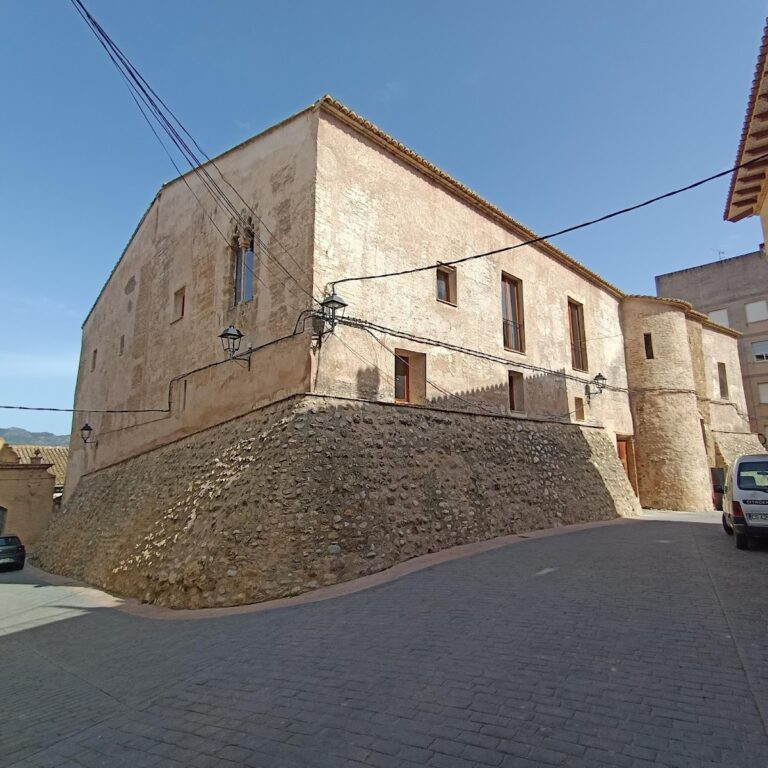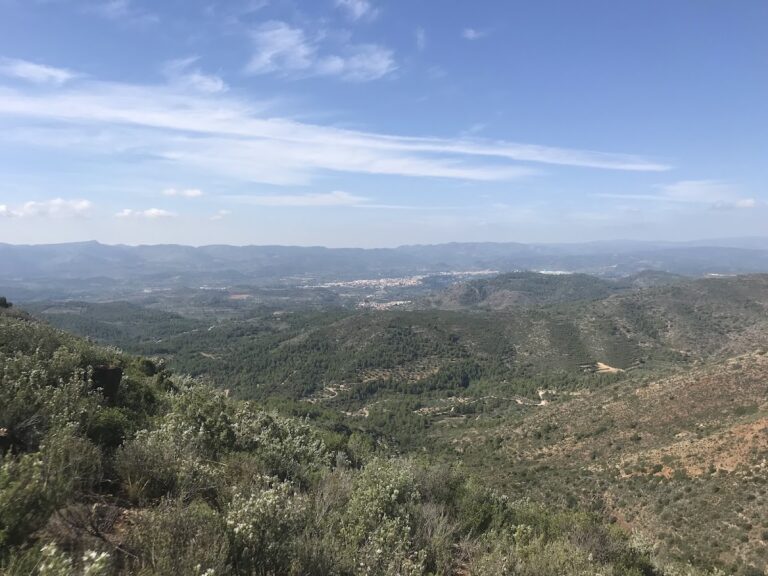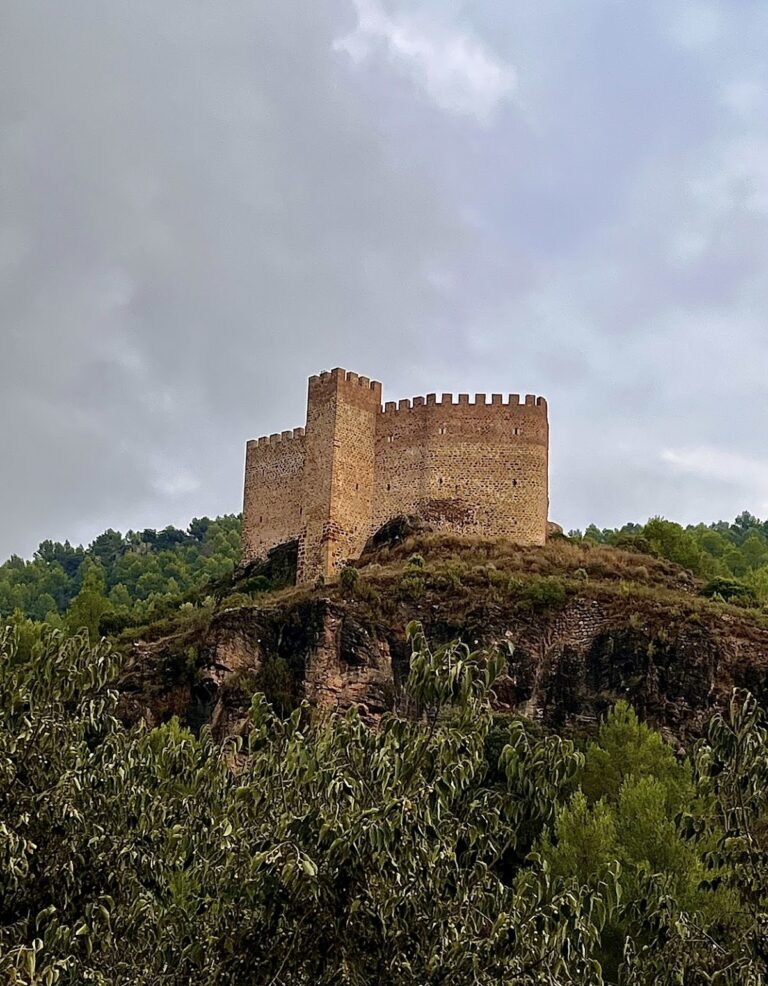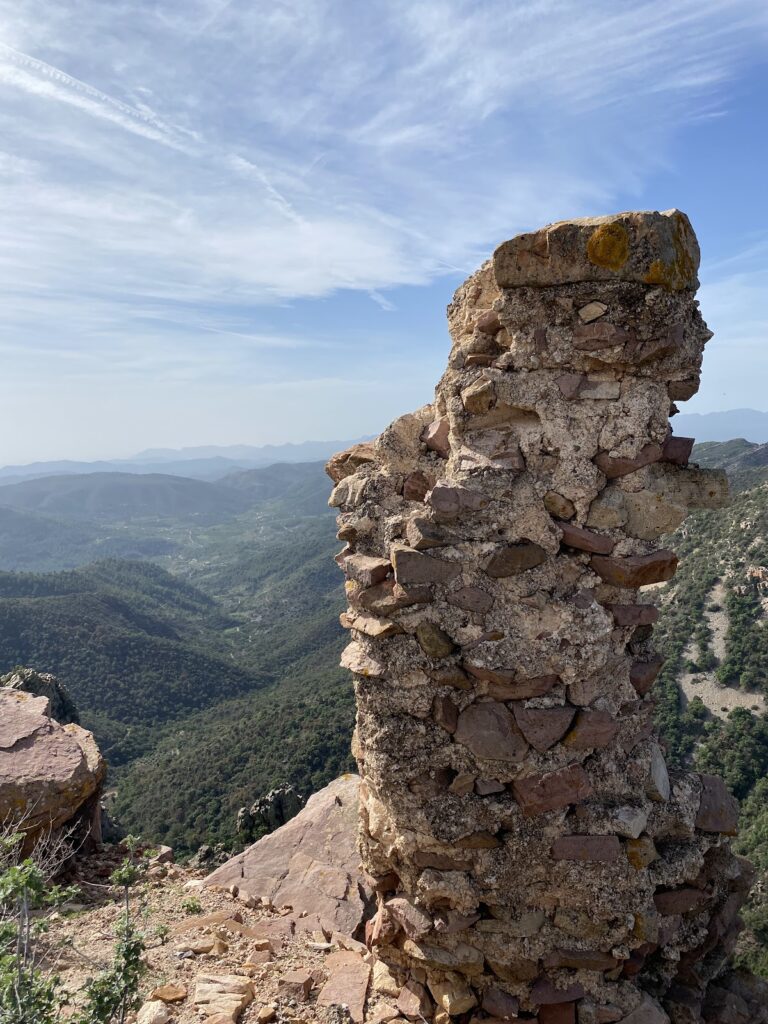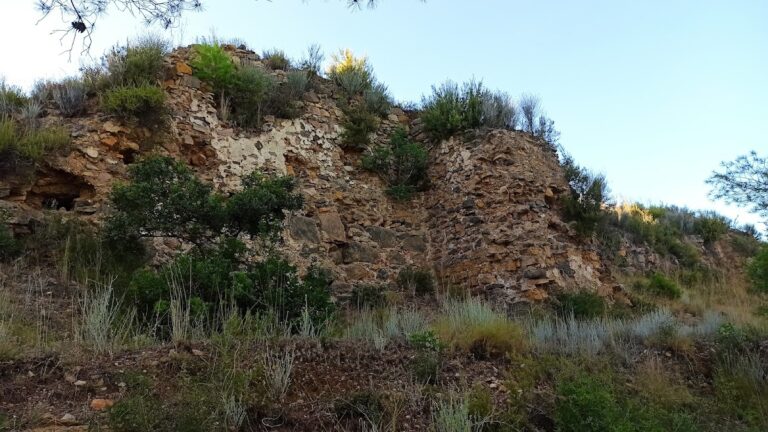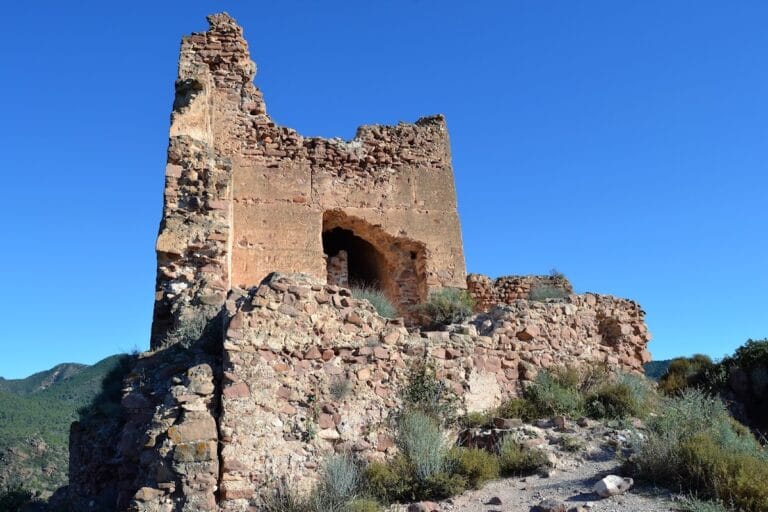Castellnovo Castle: A Historic Fortress in Castellnovo, Spain
Visitor Information
Google Rating: 4.4
Popularity: Very Low
Google Maps: View on Google Maps
Official Website: rpbdx.es.tl
Country: Spain
Civilization: Unclassified
Remains: Military
History
Castellnovo Castle stands on the hill of San Cristóbal in the town of Castellnovo, Spain. Its origins date back to Roman times, when the first fortifications were established on this strategic elevation.
During the 12th century, the castle underwent significant transformation under Muslim control. It was reshaped into a fortress reflecting Islamic architectural styles, adapting to the defensive needs of the period. This phase laid the foundation for much of the castle’s later structure.
In 1228, King James I of Aragon’s forces captured the castle as part of the Christian Reconquista. Five years later, in 1233, the castle was granted to Berenguer de Entenza, who held it until 1291. Over the course of the 14th century, ownership passed to Guillem d’Esplugues, who carried out extensive renovations and established the form of the building that largely survives today.
By the 15th century, the castle became the possession of Beatriz de Borja. Under her influence, the castle experienced a remodeling between the late 1400s and early 1500s that introduced Renaissance elements, including domes and machicolations—stone openings used for dropping defensive materials on attackers. These changes gave the fortress a distinctive Renaissance character, marked by pointed arches, vaulted ceilings, and elaborately designed exterior defenses, echoing the artistic preferences of the Borja family from Rome.
Today, the castle remains an important cultural landmark, recognized for its layered history and architectural evolution spanning several centuries.
Remains
The castle’s layout centers around a roughly square courtyard enclosed by four main chambers. The surviving structures reveal a blend of medieval and Renaissance construction, with walls built from masonry and finely cut ashlar stone blocks. Although some original elements have disappeared over time, many walls still rise to considerable height, offering a sense of the castle’s original scale.
The main entrance features a gate positioned at a re-entrant angle, a defensive architectural technique where the doorway is set in a recessed corner to expose attackers to flanking fire. Adjacent to this portal, an advanced tower stands on the left side, serving as a lookout and additional line of defense.
One of the castle’s distinguishing features is a partially preserved machicolation, situated above the gate. Made of ashlar stone, this defensive opening allowed defenders to target enemies directly below the walls. While only a section remains, it reflects the castle’s Renaissance-era enhancements.
Inside, rooms display pointed arches and ribbed vaulting, architectural details closely linked to the influence of the Borja family. These vaults, which use intersecting ribs to support the ceiling, demonstrate a combination of medieval Gothic and Renaissance styles adapted during the 15th century renovations.
Fragments of the castle’s outer defensive walls can be seen integrated into the fabric of the surrounding urban area. One section retains battlements—parapet walls with gaps for archers and soldiers—evidence of the castle’s role as a fortified residence.
In recent times, efforts to preserve Castellnovo Castle have included substantial restoration work, ensuring that this historical structure continues to be a visible and valued part of the town’s heritage.





